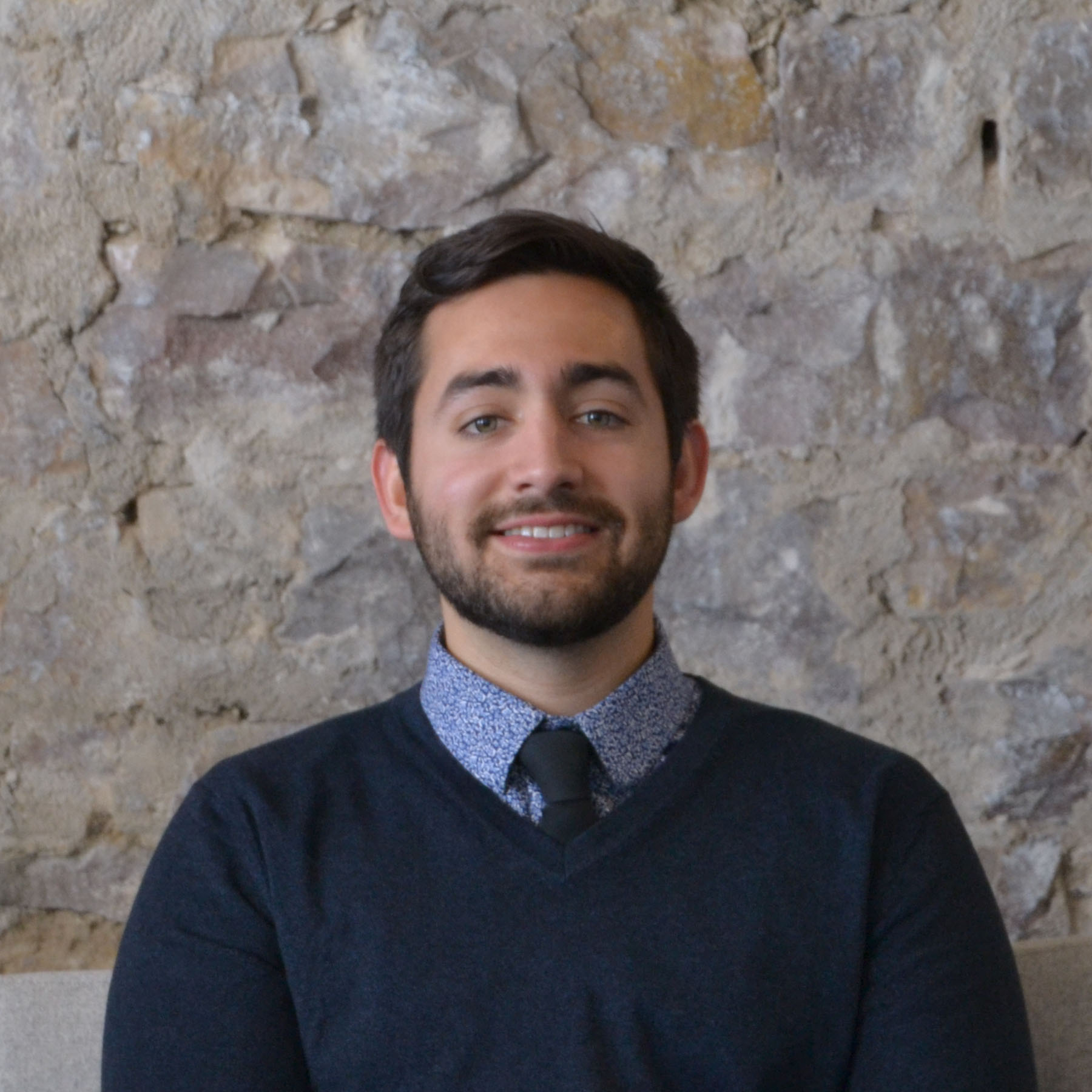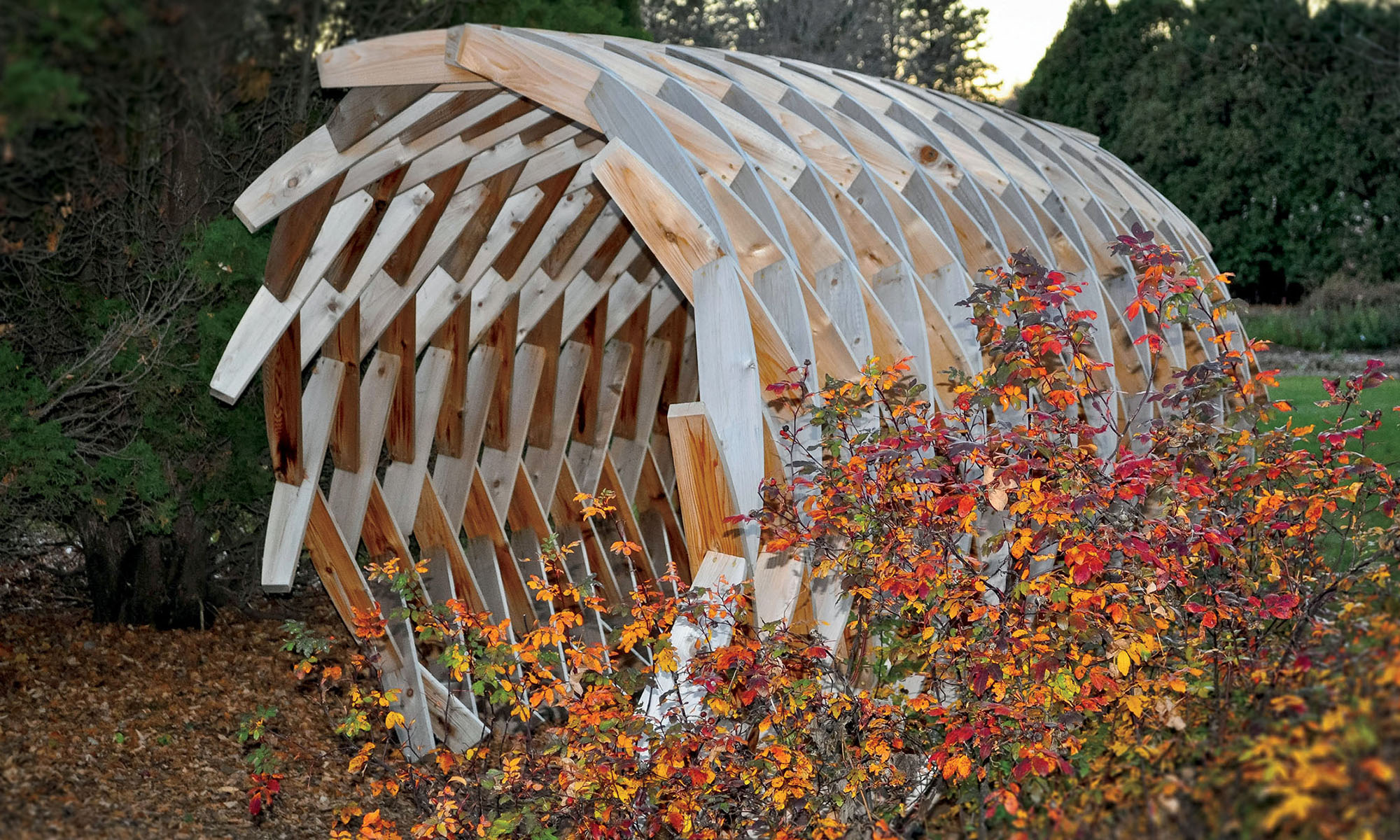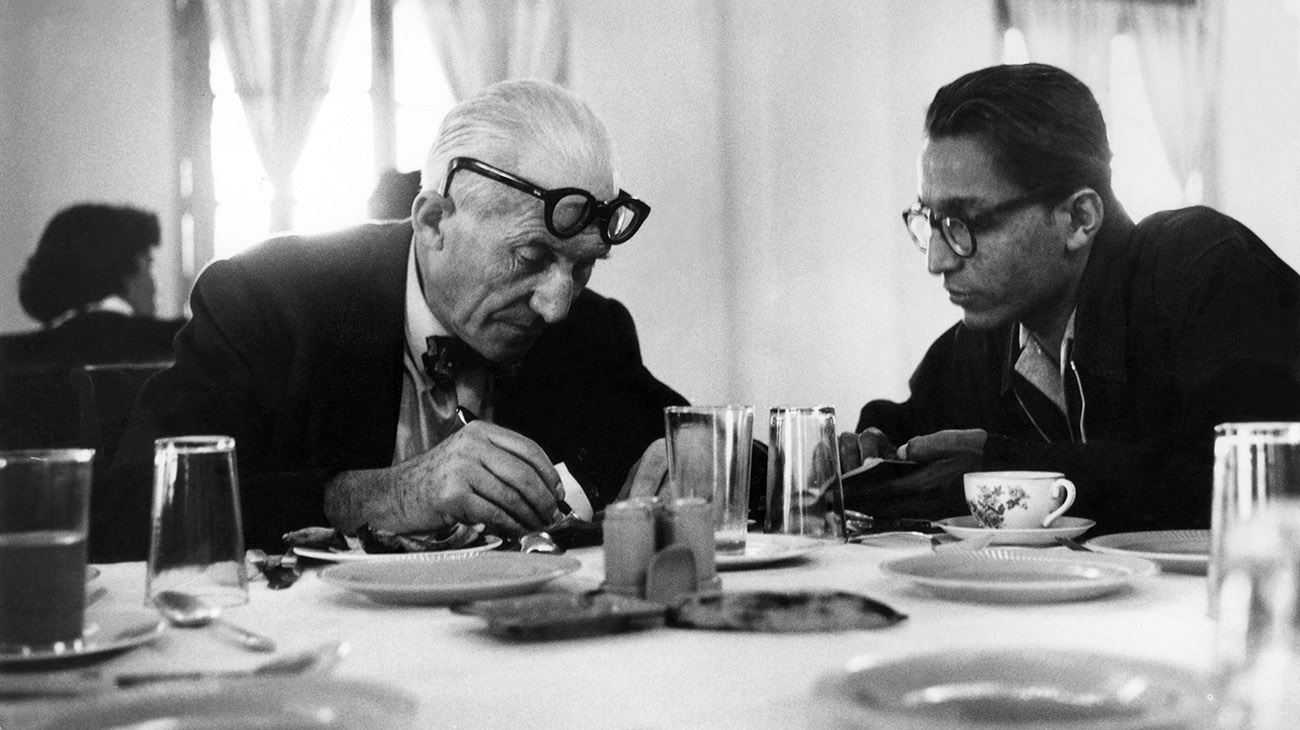Inter implies between or among, whereas intra implies within (the profession).
The dynamic of this exercise is the following: The architect selects one image of their choice and a brief description of their personal understanding of the profession. While the image serves more as a subjective expression, the introductory text is meant to convey a declaration of intention. Together, these two, form a self-portrait that serves as an introduction or cover for the interview. The interview that follows is based on the text provided, the architect’s work and their area(s) of interest.
WORDS AND IMAGE

Brief description of their personal understanding of the profession:
I’m a mom and an architect. I’ve been an architect for a lot longer than I’ve been a mom. However, in the last few years, I have realized that there are similarities in these roles. My projects are like my children. Each one is unique. It takes years to see them develop and mature. There are challenges to overcome and problems to solve. I communicate with people to understand their needs and then create solutions. But the best part is seeing the wonder in people’s eyes.
I recently brought my three year old to the Termespheres exhibit at the Washington Pavilion Visual Arts Center. The 50 meticulously painted suspended spheres slowly rotating captivated people of all ages. She was in her stroller and excitedly pointing to all the various pieces as we progressed through the gallery. She was seeing each piece from a completely different angle than I was at standing height. I had to come to her level to see what she was seeing. That characterizes what I do as an architect: I discover another person’s perspective and why something has meaning for them.
There is more to the buildings that shelter us each day than pure function. They are made for the sharing and experiencing of all life’s events whether mundane or magical. There is beauty and meaning and a story within it all. Architecture speaks to the need for wonder in our lives.
How do you approach your projects?
MK: My approach is a partnership with my clients and my design team. I choose to collaborate and listen first. I don’t believe in approaching architecture with preconceived solutions and forcing that solution to fit. It’s imperative to be flexible as an architect and enjoy the shared discoveries that might lead us in another direction.
What architectural concepts are you particularly interested in exploring when designing a project?
MK: The idea of transformation is intriguing. Even though it’s more challenging, I find it fulfilling to see what I can do renovating existing spaces with many constraints around the design. It’s like sculpting from stone: the design reveals itself as you peel away what is there now.
What architects/practices have had an influence on your work?
MK: I respect the work of Miller Hull, Lake Flato and Snohetta. I find the character of them all to be approachable, sustainable, well-crafted and suited to their locale.
To what extent does the climate of South Dakota inform your design process? How do you combat this issue?
MK: We are in the midst of it right now: it’s cold here! We spend so much of our winter months indoors; it’s important to provide as much daylight in our designs as possible. The biggest move we made when we renovated our office was to add an abundance of windows, so I have experienced firsthand how beneficial that is. And when it does warm up, let’s design intentional spaces to get people outside so we can enjoy it.
In the context of public projects with multiple users, how can architecture address a plurality of perspectives/meanings?
MK: Public projects make up the majority of my work. Gathering input and considering viewpoints of different cultures, abilities, seasons of life, etc. is crucial. Ask questions and keep asking questions throughout. The answers you receive might inspire something subtle, but extremely important within the design. If I can improve someone’s daily life that’s amazing! It keeps me learning and working to gain understanding of each new perspective.
How do you assure that your architecture speaks to the wonder in people’s lives?
MK: Give them something vibrant: art, color, materiality! Architecture goes hand in hand with art and my work is made better by collaborating with artists. Whether it’s the unbelievably beautiful tile mosaics by Scott Parsons at St. Michael Parish and the Sioux Falls Airport or photography of local landmarks by Kurt Johnson at Dow Rummel Village, the visual arts take us out of the routine and into the sublime.
With respect to South Dakota, what do you think our profession can do better? Which areas in our field are in need of improvement? Be as abstract or specific as you prefer.
MK: As architects, I think we can have more influence in housing, infill development and urban design. People are unique, so why would they want to live in housing developments or multi-family housing that is exactly the same as everything else in the neighborhood? I live in central Sioux Falls and love the variety and character of the older neighborhoods. I would like to see the general public better understand the design of our cities and how buildings can impact a larger sense of community. Architects can help communicate and demonstrate this.

Guillermo Cebrian, Assoc. AIA, is an architectural project developer at Koch Hazard Architects in Sioux Falls. Cebrian is from Monterrey, Mexico, and has lived in South Dakota since 2014.


